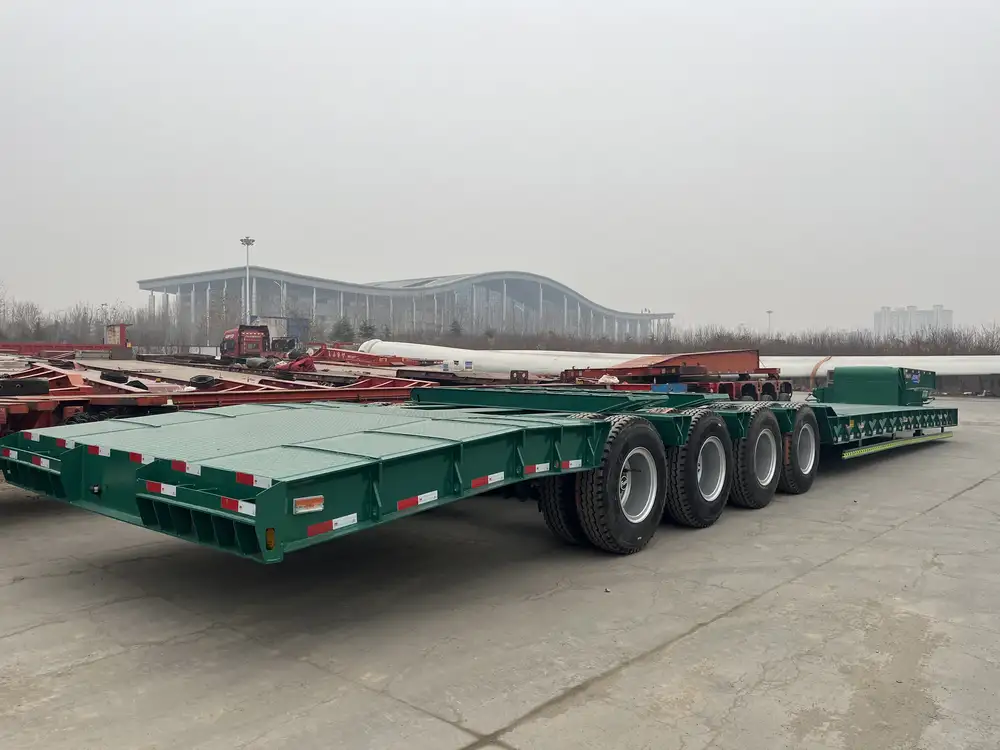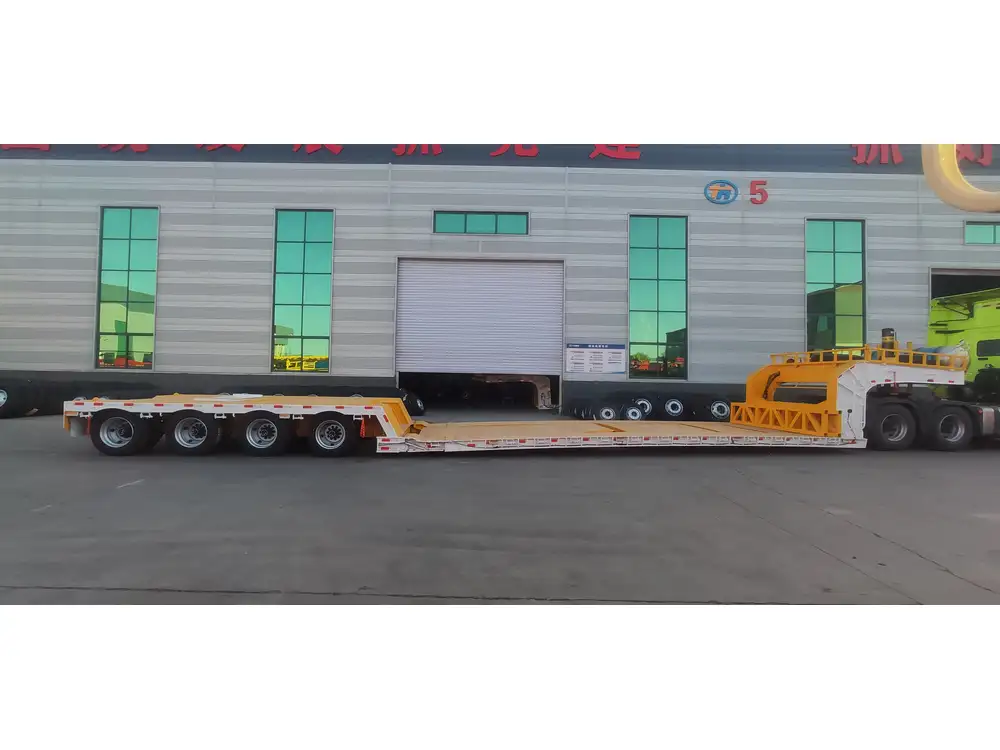Maintaining an RV is crucial for ensuring a comfortable and worry-free travel experience, particularly when it comes to the essential task of flushing the black water tank. Understanding how to flush your RV travel trailer’s black water tank can seem daunting, but with the right knowledge and approach, it becomes a straightforward process that can extend the lifespan of your RV and enhance your adventures on the road.
Understanding the Black Water Tank
The black water tank is a critical component of your RV’s wastewater system. It is designed to hold sewage and wastewater from the toilet. A properly functioning black water tank is vital, as a poorly maintained tank can lead to unpleasant odors, clogs, and even costly repairs.
Components of the Black Water System
To comprehend how to flush your black water tank effectively, we need to break down the components involved:
| Component | Description |
|---|---|
| Toilet | Where waste is deposited. |
| Black Water Tank | Stores sewage until it’s ready to be dumped. |
| Dump Valve | The mechanism that allows waste to be discharged from the tank. |
| Flush Valve | Provides a method to flush out the tank with additional water. |
| Vent Pipe | Maintains air pressure and prevents sewer gas from entering the RV. |

Recognizing the Importance of Flushing
The necessity of regular flushing cannot be overstated. Failing to do so can not only compromise hygiene but also lead to the deterioration of the tank, the development of clogs, and adverse odors. Regular maintenance ensures that your RV’s plumbing system operates efficiently.
Preparing to Flush the Black Water Tank
Before initiating the flushing process, you must gather the necessary tools and supplies to ensure a seamless and efficient operation. Below is a detailed checklist:
Essential Tools and Supplies
- Hose: A dedicated, non-potable water hose.
- Sewer Hose: A flexible and durable sewer hose for draining waste.
- Connection Adapters: For compatibility with various dump stations.
- Rubber Gloves: Essential for hygiene; they protect hands from waste exposure.
- Turn-on Water Source: Reliable and clean water source.
- Tank Cleaner: Optional, but helps with odor and buildup.

The Flushing Process: Step-by-Step Guide
Flushing your RV’s black water tank involves several careful steps. Below, we provide a comprehensive guide to ensure that this maintenance task is done correctly and thoroughly.
Step 1: Locate a Dump Station
Finding a dump station is the first step. Many RV parks, campgrounds, and travel plazas offer dump stations for travelers. Ensure you check the station’s compatibility with your RV’s plumbing to avoid any issues.
Step 2: Prepare the RV
- Ensure Safety: Park your RV on level ground; this will ensure proper draining and reduce the chance of spills.
- Turn Off All Systems: Shut down any electronic systems related to water flow or waste collection in your RV.

Step 3: Gather Your Equipment
Prepare the sewer hose and ensure it is in good condition without any leaks. Connect one end of the sewer hose to the RV’s dump valve. The other end should connect to the dump station’s sewage inlet.
Step 4: Open the Dump Valve
Carefully open the dump valve. Reveal the stored waste to begin draining the tank. It’s advisable to open this valve slowly, allowing gravity to guide the waste out safely.
Step 5: Monitor the Flow
As the black water drains, pay attention to the color and consistency. When the flow turns from dark to clear, it indicates that the majority of the waste is removed. Allow the tank to fully drain.

Step 6: Rinse the Tank
- Close the Dump Valve: After draining, close the dump valve securely to prevent leaks.
- Use the Flush Valve: If equipped, connect your hose to the flush valve of the black water tank. Open the flush valve to rinse the interior, ensuring leftover waste and buildup are removed.
Step 7: Conduct a Final Rinse
For an effective clean, fill the tank a third of the way with clean water, then drain it again. This step helps dislodge any remaining debris and provides a thorough rinse.
Step 8: Disinfect and Clean the Equipment
After completing the flushing, disinfect your equipment, particularly the sewer hose. Use a separate bucket for this purpose to avoid any cross-contamination with potable water supplies. Ensure hoses are stored securely and cleaned for future use.

Key Maintenance Tips
Establish a Regular Flushing Schedule
Plan to empty and flush your black water tank every 3-4 days during frequent RV use or when the tank reaches 2/3 full. Consistent maintenance prevents buildup and costly repairs.
| Maintenance Activity | Frequency |
|---|---|
| Basic Flush | Every 3-4 days during usage |
| Deep Clean | Once every 1-2 months |
| Inspect Connections | Monthly, during regular checks |
Use Tank Treatment Products
Incorporating chemical tank treatments into your routine can help manage odors and break down waste even further. Always choose products that are safe for RV systems.

Inspect Regularly for Leaks
Regular checks of the tank, hoses, and connections can prevent potential leaks. Catching small problems early can save time and money in the long run.
Troubleshooting Common Issues
Several complications may arise during the flushing process. Below are solutions to common challenges:
Problem: Clogs in the Black Water Tank
- Solution: Use a tank cleaning wand to break up clogs. If significant blockage persists, consider professional assistance.

Problem: Bad Odor After Flushing
- Solution: Unpleasant smells may arise from leftover waste or tank undissolved waste. Re-flush and consider using deodorizing treatments.
Problem: Leaks from Connections
- Solution: Ensure all connections are secured tightly. Replace any damaged hoses or connectors. Regularly check for signs of wear.
Final Thoughts
Flushing your RV travel trailer’s black water tank is an essential task that not only promotes hygiene but also ensures the efficient operation of your RV plumbing system. By following the structured approach detailed in this guide and dedicating time to regular maintenance, RV owners can enjoy the open road with confidence and comfort.
Taking these proactive measures will not only enhance the longevity of your RV but also contribute to a much more enjoyable camping experience. The steps may seem meticulous, but the reward—a clean and efficiently functioning black water tank—is well worth the effort. Plan ahead, gather your materials, and approach the task with confidence, knowing that you are caring for your RV in the best way possible. Safe travels and happy camping!



